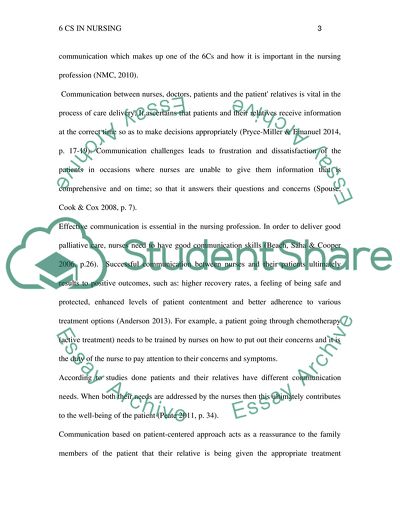Cite this document
(Six Values and Behaviors in the Nursing Profession Coursework, n.d.)
Six Values and Behaviors in the Nursing Profession Coursework. Retrieved from https://studentshare.org/nursing/1855583-6-cs-in-nursing
Six Values and Behaviors in the Nursing Profession Coursework. Retrieved from https://studentshare.org/nursing/1855583-6-cs-in-nursing
(Six Values and Behaviors in the Nursing Profession Coursework)
Six Values and Behaviors in the Nursing Profession Coursework. https://studentshare.org/nursing/1855583-6-cs-in-nursing.
Six Values and Behaviors in the Nursing Profession Coursework. https://studentshare.org/nursing/1855583-6-cs-in-nursing.
“Six Values and Behaviors in the Nursing Profession Coursework”, n.d. https://studentshare.org/nursing/1855583-6-cs-in-nursing.


